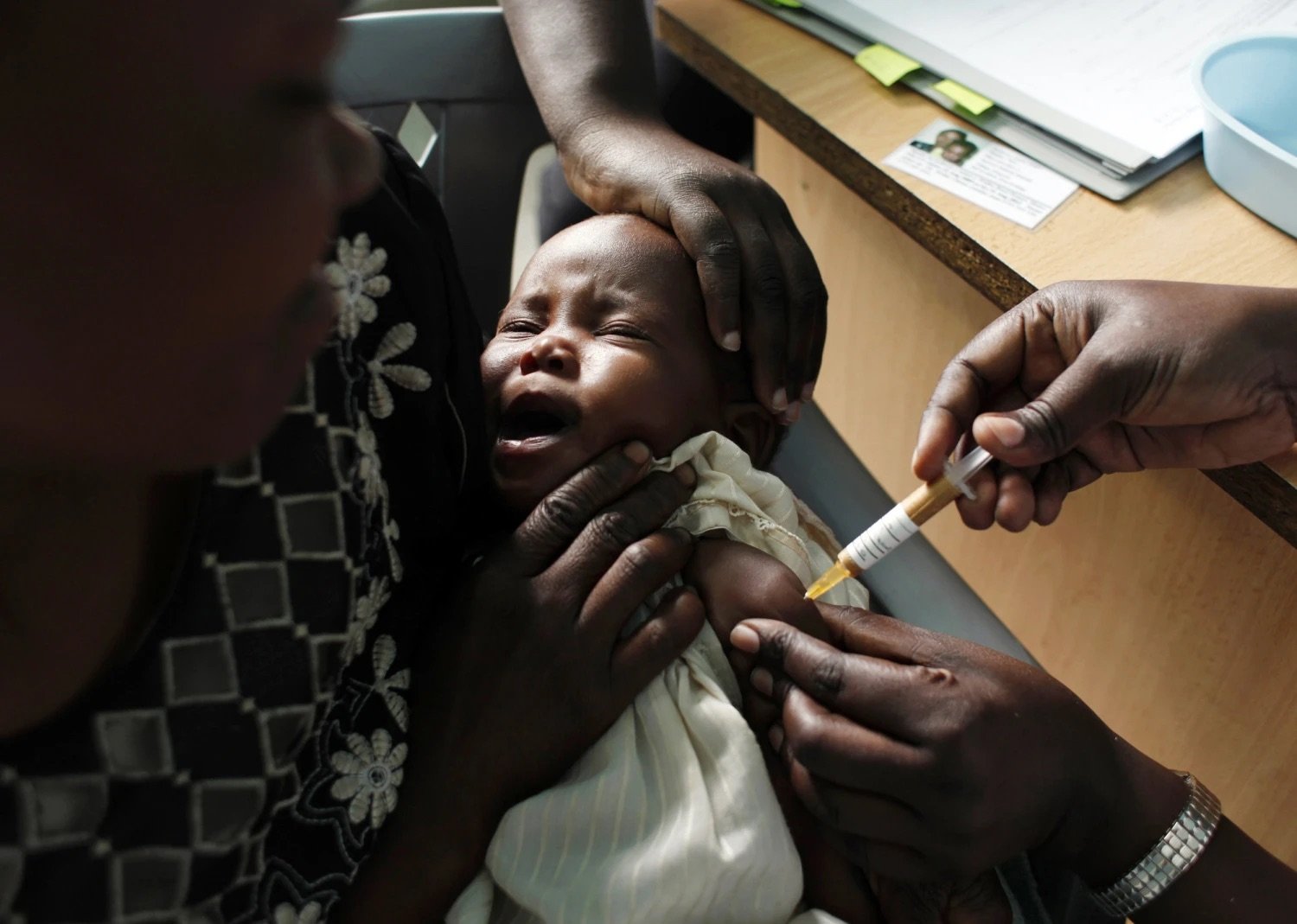World's First Malaria Vaccine
Photo credit: Karel Prinsloo/AP VIA NBC News
The first ever World Health Organization (WHO) approved malaria vaccine is the RTS,S/AS01 vaccine — commercially as Mosquirix. It was officially launched in Cameroon on Jan. 22, after successful drug trials were held in Ghana, Kenya and Malawi from 2019 to 2021.
Cameroon is offering free RTS,S vaccines for all infants from zero to six months. According to the WHO, nearly 10,000 children in Burkina Faso and Cameroon have now received the vaccine.
Malaria is a disease that is extremely common in children, and is caused by a bite from a mosquito infected with Plasmodium parasites. People with malaria often experience symptoms like fevers, chills, and flu-like sickness. If left untreated, malaria can cause serious complications and could lead to death.
There are 662,000 available doses of the RTS,S vaccine. These doses have mainly been given to children in Cameroon due to a recent increase in children getting infected with the disease. According to The Guardian, 95 per cent of deaths from malaria occur in Africa, with the majority being among children under the age of 5 years old.
As reported by The Guardian, for the vaccine to succeed, Cameroonian public health experts say that proper communication with the public is crucial. It is important to clarify to people that the vaccine is safe and effective, as there have been worries about the safety of the drug among Cameroonians.
Willfred Fon Mbacham, a public health professor, told the BBC, “we as scientists have to do much more to educate the public on what it is, and the benefits it has, so that we can calm their fears.”
“The vaccine will save lives. It will provide major relief to families and the country’s health system,” Aurelia Nguyen, chief program officer at the Gavi Vaccines Alliance, told NBC News.
According to the global vaccine alliance (GAVI), the goal is to continue to roll out the RTS,S vaccine in Liberia, Burkina Faso, and Sierra Leone this year.
Photo Credit: Yasuyoshi Chiba/AFP/ Getty Images VIA The Guardian


